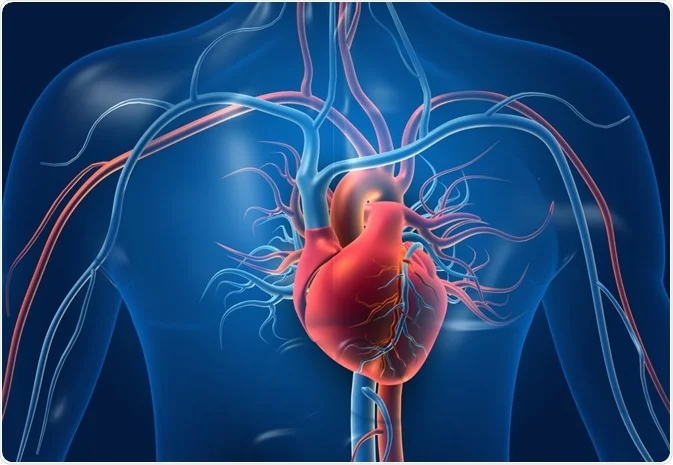
Plants have evolved various strategies for survival and some of which are unheard of or absent in animal lives. They can also show unlimited growth due to meristems. Typically, a plant’s growth starts with the process of seed germination. The seed germinates only under favourable conditions. During unfavourable conditions, they show suspended growth. There are several intrinsic and extrinsic factors that govern and control plant growth and development. The extrinsic factors are sunlight, water, oxygen and minerals and the intrinsic factors include the phytohormones.
Effect of Hormones
Indoleacetic acid was first discovered in the 1930s as a natural hormone in plants. This identification was followed by the discovery of several natural hormones, like the auxins, gibberellins, cytokinins, ethylene and abscisic acid. Furthermore, these phytohormones or plant hormones can either promote or inhibit plant growth. Usually, the growth promoters aid in the cell elongation, cell division, fruiting, flowering and seed formation process. The growth inhibitors play a role in response to stress or wounds.
- Auxins – This hormone is present in the growing apices of stems and roots and aid in cell elongation. Thus, it eventually helps in plant growth. It also controls the differentiation of the xylem and aids in cell division. Auxin prevents the premature falling of the flowers, leaves and fruits and promotes the flowering process.
- Gibberellins – They are acidic hormones that promote bolting. Bolting is nothing but the excessive and sudden internodal growth that is usually followed by flowering in rosette plants. Gibberellins also delay senescence (biological ageing). They also help in increasing the length of the plant axis.
- Cytokinins – It is a naturally synthesised hormone that promotes the growth of adventitious and lateral shoots. They also stimulate the chloroplast formation in leaves. These hormones promote the mobilisation of nutrients which indirectly aid in delaying the senescence in leaves.
- Abscisic acid – It is a growth-inhibiting hormone that typically inhibits seed germination. It can also induce senescence in the plant leaves. It also leads to the detachment of fruits and leaves from the plant.
- Ethylene – This hormone can act as both a growth inhibitor and promoter. Ethylene is known to speed up the fruit ripening process. It promotes the process of senescence and abscission in flowers and leaves. It also breaks the bud and seed dormancy.
Other hormones such as salicylates, jasmonates, and brassinosteroids also play a role in the physiological processes of plants. Additionally, there are several other synthetic and natural compounds that have a significant role in growth regulation. All of them help in the functioning and survival of the plant.
Plant Stress and Abscisic Hormone
Plants are exposed to many stress conditions like salinity, drought, heat and cold. During these stressful conditions, the phytohormones play a vital role in the adaptation of the plant. Usually, hormones like abscisic acid, jasmonates and salicylates interact together to form a defence network and protect the plant against stress. The abscisic acid or ABA is also known as the stress hormones as its production is stimulated by environmental stresses. ABA is known to increase the level of tolerance in plants against stresses caused by biotic or environmental factors.
Plants protect themselves by synthesising ABA, osmolytes and some special proteins. ABA mediates the cell signalling process that plays a vital role in the plant’s response to pathogens and stresses. In roots, they are produced as a response to the declining soil water potential. The hormone then translocates to the plant leaves, where they cause the closure of stomata. Eventually, they prevent the loss of water during water stress. Thus, phytohormones control and regulate most aspects of plant growth even though they are present in low concentrations.



